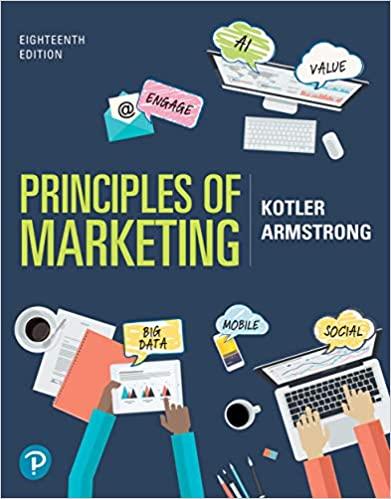How can a brand like Honda communicate that it backs good causes such as HOLA (see www.honda.com/community/philanthropy-giving-back)?
Question:
How can a brand like Honda communicate that it backs good causes such as HOLA (see www.honda.com/community/philanthropy-giving-back)? What communication channels should it use? What risks does it face as it attempts to let people know about its commitments?
A recent study by social-impact consultancy DoSomething Strategic showed that 58 percent of young consumers were more likely to buy from brands that back a good cause. However, it can be tricky for marketers to tell consumers what things a brand is doing to make a social impact in a way that breaks through the noise but does not come off sounding like a gimmick. Part of the challenge is that some brands advertise the brand’s social purpose but do not follow up with actions that actually make an impact. By contrast, brands that successfully communicate a brand’s purpose—such as Lush, The Body Shop, Patagonia, United by Blue, and Toms—are perceived as authentically committed to a social purpose. They follow up with good deeds and activate consumers and employees to make a social impact, which generates a positive response.
Step by Step Answer:






